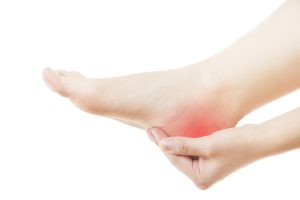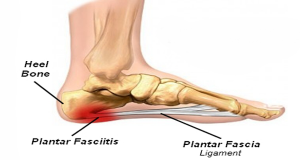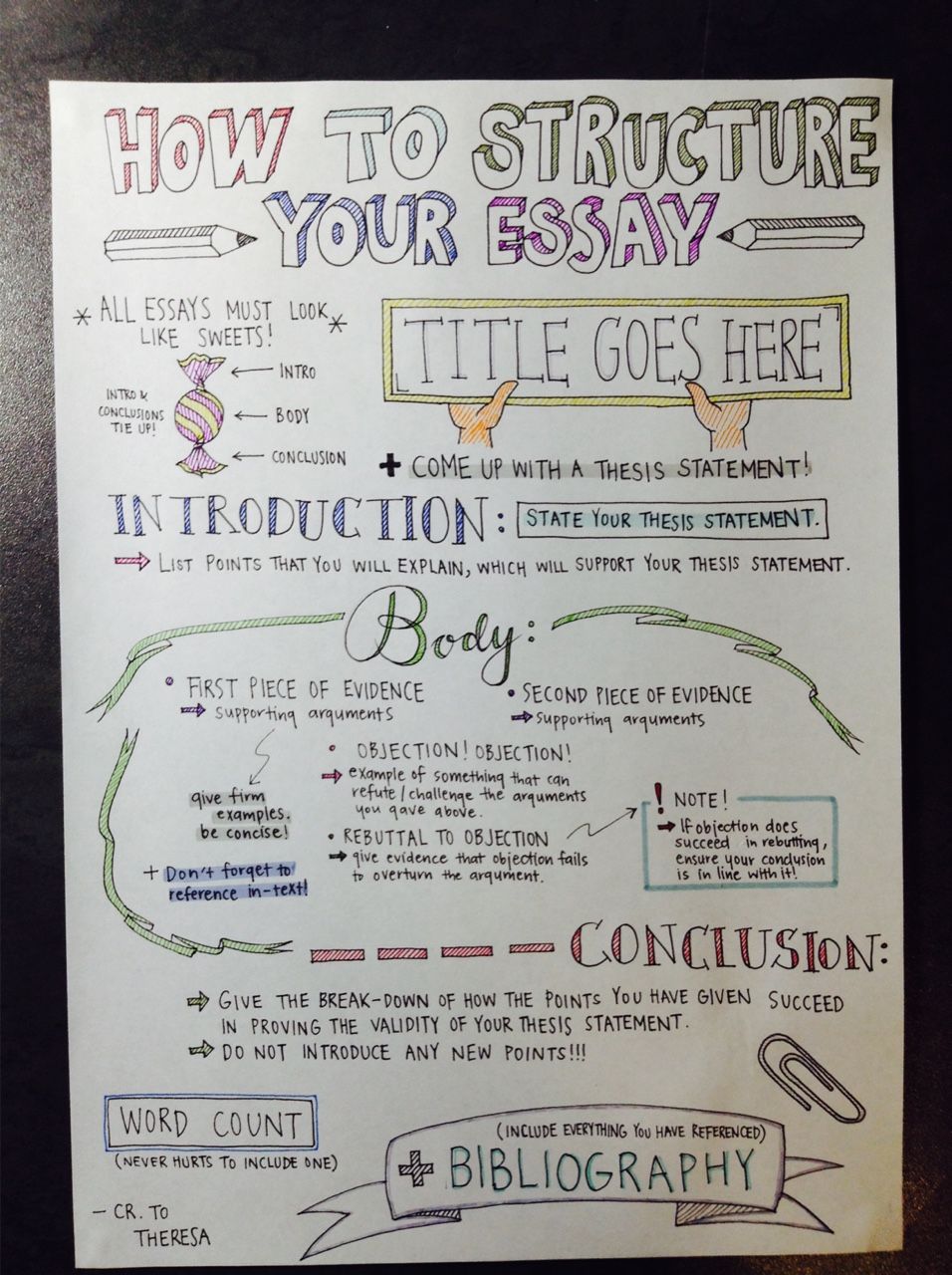
Heel Pain/Plantar fasciitis
Heel Pain/Plantar fasciitis
Some questions answered
- What causes pain in the heel?
- What is plantar fasciitis?
- I’ve been told my pain is caused by a bone spur – is this true?
- Can I do anything about heel pain myself?
- When should I take professional advice?
- How will my doctor tell what is wrong?
- What can be done about heel pain?
- Do I need an operation?
- Wouldn’t it be better to take out my heel spur?

What causes pain in the heel?
Pain in the heel can be caused by many things. The commonest cause is plantar fasciitis . However other causes include:
- Being overweight
- Constantly being on your feet, especially on a hard surface like concrete and wearing hard-soled footwear
- Thinning or weakness of the fat pads of the heel
- Injury to the bones or padding of the heel
- Arthritis in the ankle or heel (subtalar) joint
- Irritation of the nerves on the inner or outer sides of the heel
- Fracture of the heel bone (calcaneum)
What is plantar fasciitis?
The function of the heel in walking is to absorb the shock of your foot striking the ground as it is put down and to start springing you forward on the next step. It contains a strong bone (the calcaneum). Under the bone are a large number of small pockets of fat in strong elastic linings, which absorb much of the shock (fat pads). The heel is attached to the front of the foot by a number of strong ligaments which run between the front part of the calcaneum and various other parts of the foot. The strongest ligament is the plantar fascia, which attaches the heel to the toes and helps to balance the various parts of the foot as you walk. It therefore takes a lot of stress as you walk.

In some people the plantar fascia becomes painful and inflamed. This usually happens where it is attached to the heel bone, although sometimes it happens in the mid-part of the foot. This condition is called plantar fasciitis. There are a number of common causes:
- Constant stress, and is therefore commoner in people who spend all day on their feet or are overweight.
- Stiffness of the ankle or tightness of the Achilles tendon increase the stresses on the heel. Most people with plantar fasciitis have a rather tight Achilles tendon.
- High-arched (“cavus”) feet or flat feet are less able to absorb the stress of walking and are at risk of plantar fasciitis
- Injury to the heel.
- Rheumatoid arthritis or ankylosing spondylitis may get inflammation anywhere a ligament is attached to bone (enthesopathy), and plantar fascitis in these people is part of their general condition.
- Usually plantar fasciitis eventually gets better itself, but this can take months or even years. If you have it once you are more likely to get it again.
I’ve been told my pain is caused by a bone spur. Is this likely?
These “heel spurs” are commoner in people with plantar fasciitis, but they can be found in people with no heel pain. The heel spur forms in response to injury. The body tends to overproduce calcium to repair the defect due to the injury . Since Plantar Fasciitis causes pain and swelling to the tissue along the bottom of the foot by pulling on the heel where it connects, this is where heel spurs tend to form in response to that injury. The spur is not itself the cause of the pain.
Can I do anything about heel pain myself?
You can try to avoid the things that cause heel pain to start:
- Avoid becoming overweight
- where your job allows, minimise the shock to your feet from constant pounding on hard surfaces
- reduce the shocks on your heel by choosing footwear with some padding or shock-absorbing material in the heel
- if you have high-arched feet or flat feet a moulded insole in your shoe may reduce the stresses on your feet
- if you have an injury to your ankle or foot, make sure you exercise afterwards to get back as much movement as possible to reduce the stresses on your foot and your heel in particular
- If you start to get heel pain, doing the above things may enable the natural healing process to get underway and the pain to improve
- Simple stretching exercises and rehab helps the stretch and repair of the Plantar fascia.
When should I take professional advice?
If your heel pain is affecting your normal activities and not getting better with simple self-treatment you should visit a Foot and Ankle surgeon.
Some tests may be helpful in ruling out other problems. Blood tests may be done for arthritis. An Xray will show any arthritis in the ankle or subtalar joint, as well as any fracture or cyst in the calcaneum. (It will also show a spur if you have one, but as we know this is not the cause of the pain.) Occasionally a scan may be used to help spot arthritis or a stress fracture.
What can be done about heel pain?
As heel pain is basically a stress problem in the tissues of the heel, the main treatment is to reduce stress.
- Weight loss and appropriate footwear.
- Soft heel pad is useful to wear in your shoe to act as a shock-absorber when you walk.
- Stiff ankle or tight Achilles tendon a physiotherapist can advise on exercises for these. Stretching the Achilles tendon and plantar fascia is very effective general treatment for many patients.
- High-arched or flat foot, a proper footwear in good insole to reduce stress.
- Pain-killers such as paracetamol or anti-inflammatory medicines can help reduce the pain. Ask advice from your doctor or pharmacist before taking anti-inflammatory medicines as they can have troublesome side-effects in some people.
The simple measures above will help the majority of people with heel pain. If the pain continues, a splint to wear on your ankle at night to prevent your Achilles tendon tightening up while you are asleep is often very effective in improving the severe pain that many people get first thing in the morning and breaking the cycle of pain. Your orthopaedic foot and ankle surgeon may inject some steroid into the attachment of the plantar fascia to damp down the inflammation. These measures will reduce the pain in most people who are not helped by simple treatment. Maximum of only 1 injection should be tried.
If you still have pain persist then further investigation should be done. If no other medical problem or cause of stress in your heel is found, a number of other treatments can be tried:
- Further physiotherapy
- Wearing a plaster cast to rest the inflamed tissues
- pain control treatments such as transcutaneous nerve stimulation (TENS) or acupuncture
- Only if all non-surgical treatments fail would an operation be considered.
Do I need an operation?
It is rare to need an operation for heel pain. It is offered only if all simpler treatments have failed and, in particular, you are a reasonable weight for your height and the stresses on your heel cannot be improved by modifying your activities or footwear.
The aim of an operation is to release part of the plantar fascia from the heel bone and reduce the tension in it. This sort of surgery can be done through a key hole surgery with a skin cut about 1cm long on the inner side and outer side of your heel respectively. Most people who have an operation are better afterwards, but it can take months to get the benefit of the operation and the wound can take a while to heal fully. Tingling or numbness on the side of the heel may occur after operation.
Wouldn’t it be better to take out my heel spur?
As you will have seen from reading the section above “I’ve been told my pain is caused by a bone spur”, the pain is not caused by the spur. Rather, both the pain and the spur are caused by inflammation in the plantar fascia. Simple removal of the spur has been known to be ineffective in relieving the pain since the 1960s.
ALSO READ


How To Choose The Ideal Paper Writing Service
Posted On 24 May 2023
When you use a paper writing service, then you are picking a company that's devoted to your needs. They are…
APA Live Chat – The Way I Could Write My Paper?
Posted On 8 May 2023
If you've got a big test coming up and you need to have it done on time, and then you…
How to Write My Paper Cheaply
Posted On 7 May 2023
There are many ways to compose my paper inexpensively. In fact, some approaches can actually save money for the writer.…
Posted On 4 May 2023
Have Fun and Enjoy a Fun Way to Enjoy your time at home by playing free slots at the casino…
How to Write My Essay About Writing Sample Papers
Posted On 23 Apr 2023
Are you worried about how to write my own article? I understand, it's somewhat intimidating when you first begin learning…

College Application Essay Writing Service Voucher Reddit.com
Posted On 12 Apr 2023
This will suggest having a apparent being familiar with of the supply material or the subject and sticking shut to…

Quality Custom Essay Writing Service Reddit.com
Posted On 12 Apr 2023
Many universities present distinctive deals with savings which you could uncover fascinating. This way you will hardly ever free the…
Reddit Custom Essay Writing Service For Cheap
Posted On 12 Apr 2023
The Looming Questions: Will the reserve be a accomplishment or not? How considerably would this maximize your composing money? Now,…
Reddit Essay Writing Service Atlanta Ga
Posted On 11 Apr 2023
Pretty much as vital as firm any time you are producing essays, is concept generation. Nothing at all will kill…
Reddit.com Persuasive Essay Writing Service Online
Posted On 11 Apr 2023
As aspect of the organizing for faculty admissions, a timeline ought to be established in progress. Consequently, your site visitors…